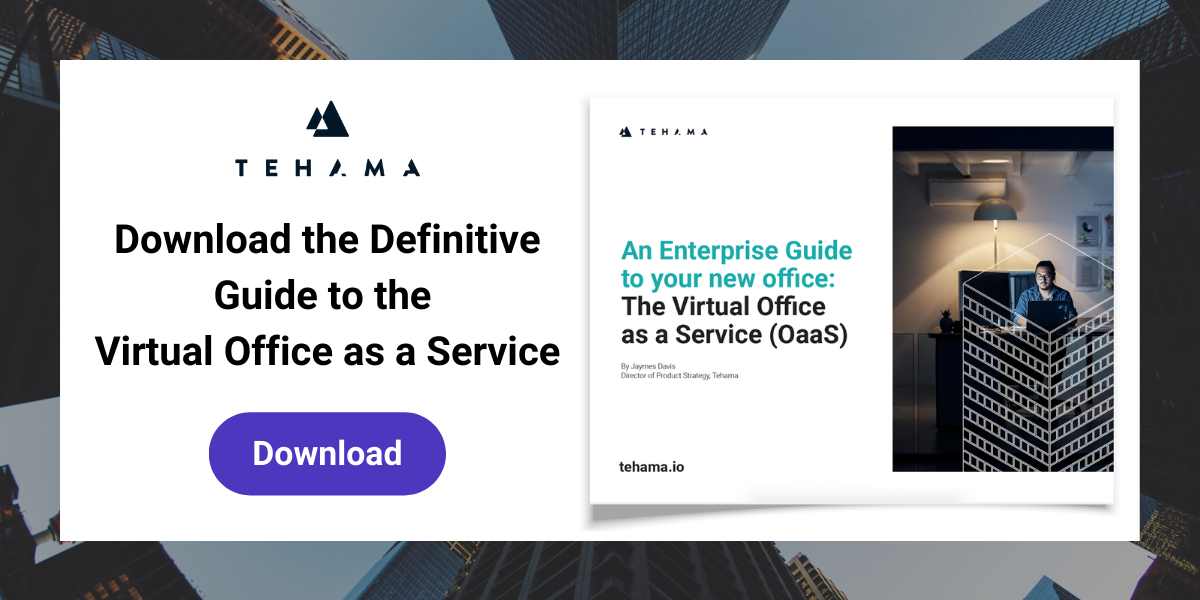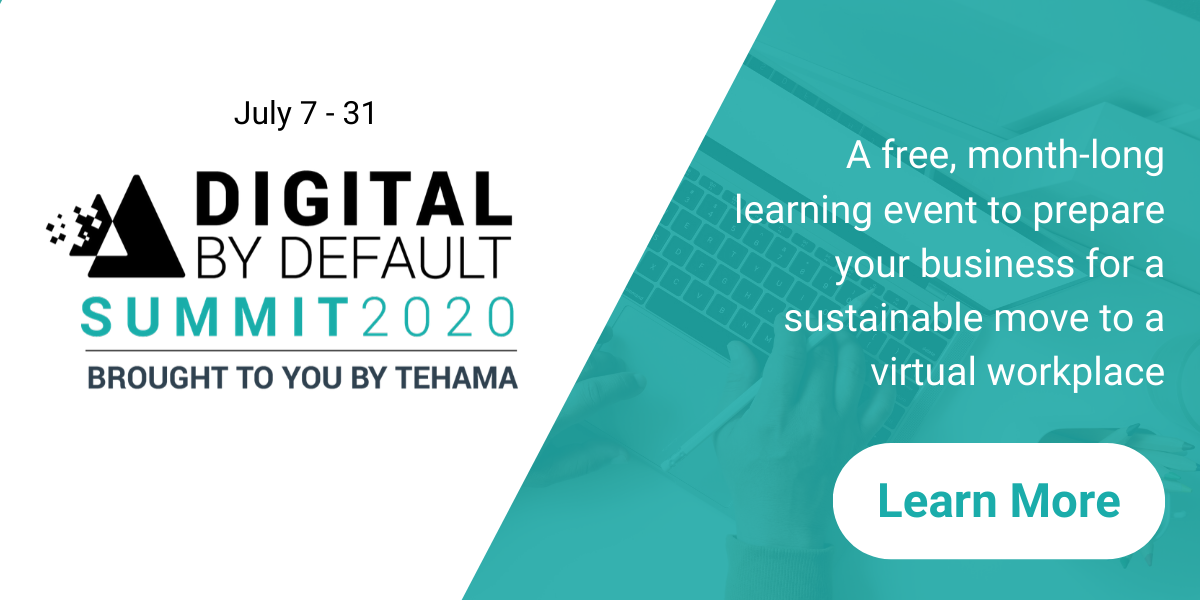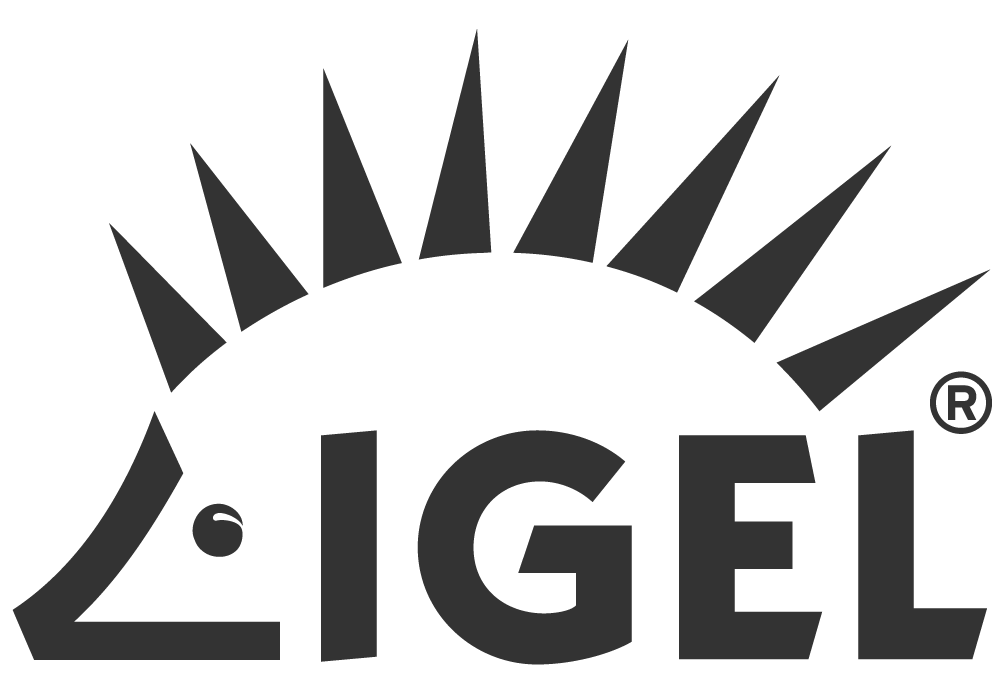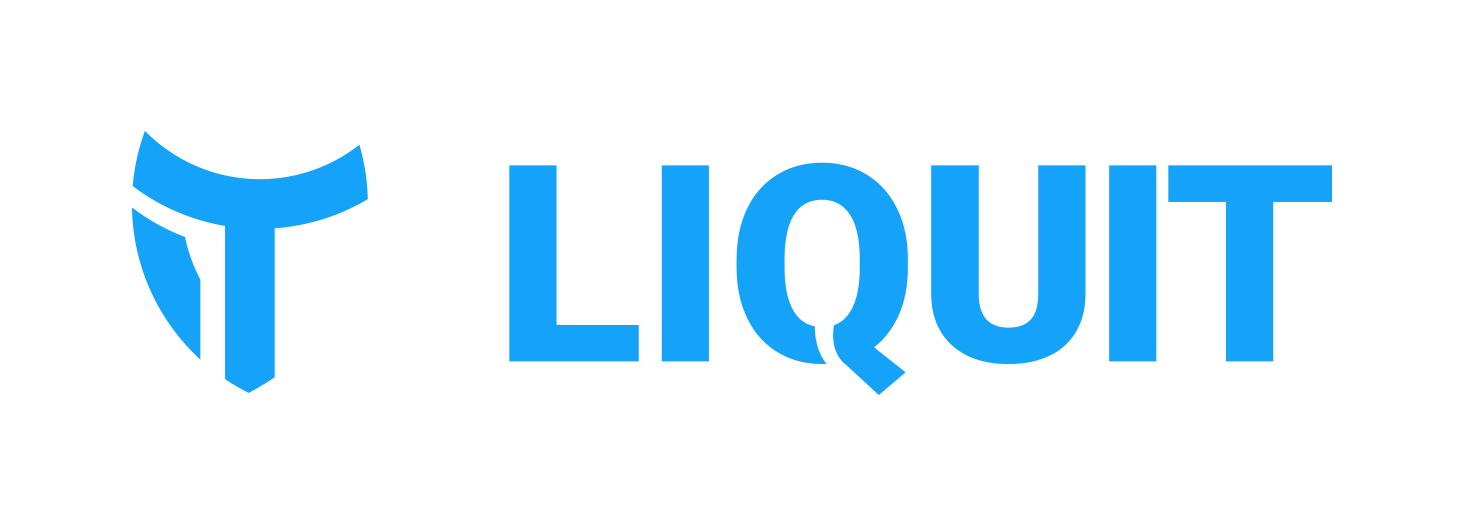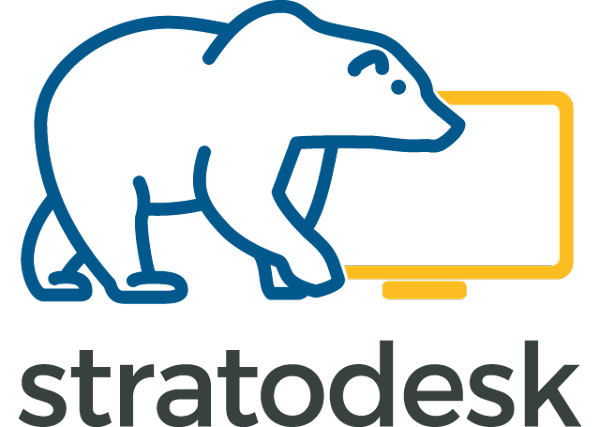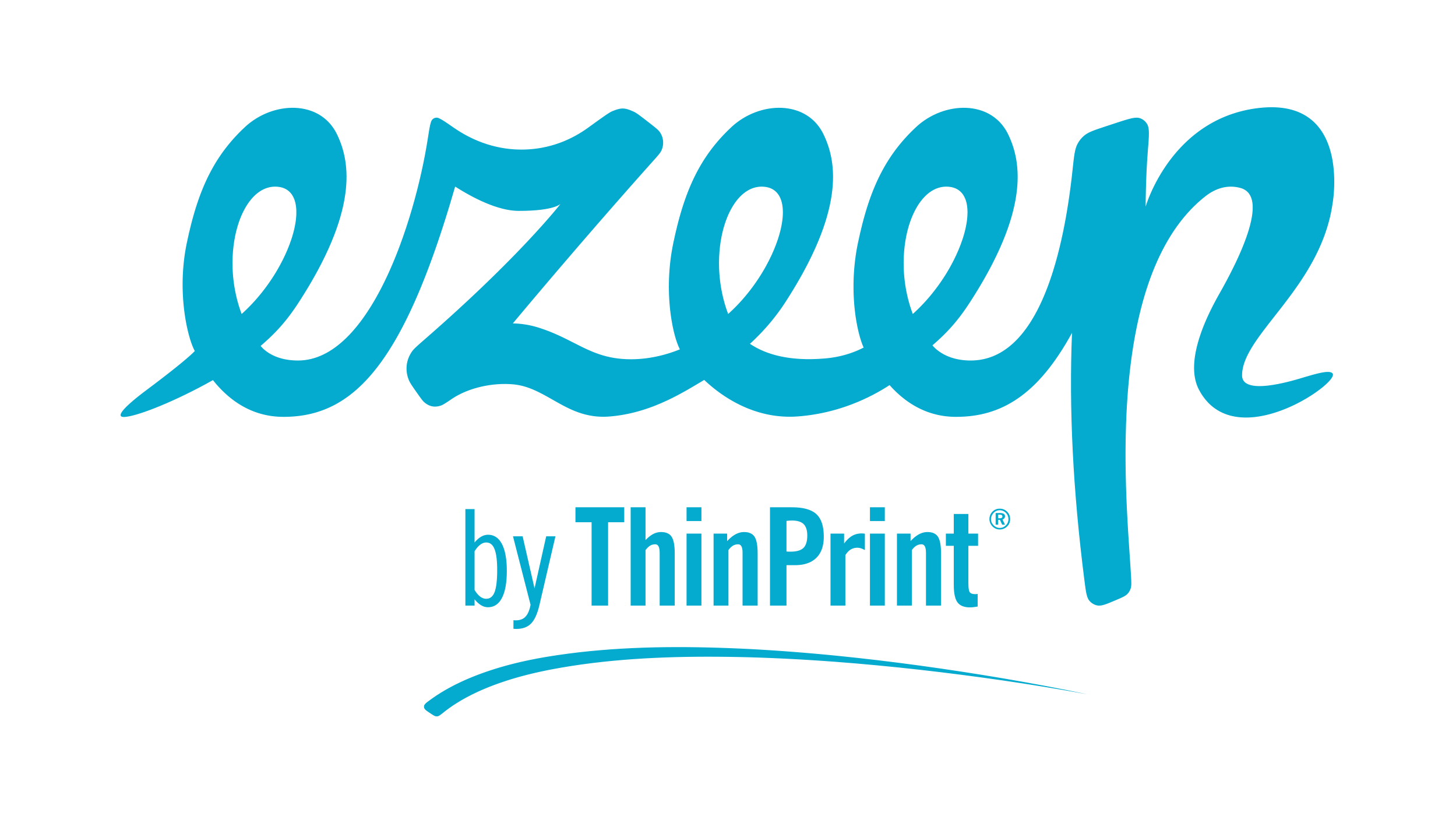VMblog: To kick things off, can you provide a little background on Goliath Technologies?
Stacy Leidwinger: Goliath Technologies offers end-user experience monitoring and troubleshooting software for organizations using desktop virtualization from Citrix or VMware. Our technology is like adding two experts to your staff that are dedicated to delivering a great end-user experience. We automatically discover your Citrix or VMware Environment and identify what to monitor, the thresholds to set, and then alert when thresholds are exceeded for all potential events, conditions, and failure points regarding end-user performance.
We do this across all industries, but we are known as the Health IT Standard because we understand the unique challenges facing healthcare IT professionals and have unique capabilities to solve those challenges. Goliath offers purpose-built modules for all major EHR systems (Epic, MEDITECH, Allscripts, and Cerner). We integrate performance metrics from the EHR application, end-user experience, and the IT delivery infrastructure into one console to anticipate, troubleshoot, and document end-user experience issues more effectively.
VMblog: With the increase in remote working, what challenges have you seen?
Leidwinger: The surge of remote workers requires IT to now answer two questions: Are systems performing so people can effectively work from home? And, are team members working and being productive?
IT Management and Professionals are now supporting an entire workforce who are working from home, with many not used to remote working. They're not accustomed to trying to solve issues on their own and don't realize that their system performance can be impacted by family members streaming video or other environmental factors. On top of that, there is a shortage of Citrix or VMware experts to support the implementations that exist today, so organizations are struggling to monitor and troubleshoot the end-user experience.
All the while, management is pressuring them to provide more documentation on how their workforce is adapting to remote working. They want to understand what applications they're using, when they're working, and if there is anything blocking their ability to work.
VMblog: How can IT Pros better anticipate performance issues so that they are not reliant only on remote user feedback about their experience?
Leidwinger: It requires purpose-built technology that offers real-time alerts based on performance thresholds and reports that document key metrics related to the actual user experience such as logon times, latency experienced, logon failures, and others.
In order to deliver a Citrix or VMware Horizon session, it requires over 15 different vendors and technologies to come together and work in concert all at the same time. Only a purpose-built tool can derive performance metrics and alert across all IT elements from the end-user's device, network connection, backend systems (Active Directory, Profile Servers, Licensing Servers), application availability, virtual servers, printers, and storage.
VMblog: Why is it difficult for IT Pros to troubleshoot issues for employees having performance issues from their home office?
Leidwinger: The simple answer is because they don't have the right tools providing them the visibility they need. Delivering the end-user experience is technically complex, resulting in an extremely high number of potential failure points.
Software like Goliath can identify the root cause of poor performance by correlating metrics across the endpoint, user experience, and infrastructure. We can quickly identify if root cause of an issue is with the end-user's device, drop in connection speed, a decommissioned driver mapped to their group policy, or if it is some other underlying resource utilization issue with the hypervisor, VM, storage, or the application itself. Goliath gives our clients the objective evidence to have effective data-driven conversations with their remote workers and collapse troubleshooting timeframes.
A good example of how our product works for these specific issues is a video case study with Penn National Insurance who came to us last year when they were implementing a virtual workspace initiative with Citrix to isolate root cause of session slowness for their remote workers.
VMblog: What reports are organizations asking for to better document how employees are adapting to remote working?
Leidwinger: The two most critical reports they request are around end-user productivity and overall end-user performance to make sure they both can work and are working.
IT wants to know if logon times and reconnects continue to meet performance expectations while workers are remote and if session performance has declined or stayed the same.
Management wants insight into remote workstyle trends - how have work habits changed and when are employees working. We have a customer, Empire Office, using the data from our End-User Productivity Report to understand what the impact has been on the business and on productivity while employees work from home.
VMblog: You mentioned that Goliath has a focus in Healthcare. Are you seeing needs shift there related to remote working?
Leidwinger: With COVID-19, the urgency for visibility to see if healthcare workers can access their EHR applications is heightened - regardless of where they are working. Health systems have shifted some of their workforce to be remote and increase its use of telehealth appointments. However, regardless of where the staff works, the focus is still on patient care, and Health IT's job is to ensure the health worker always has access to their EHR system without performance issues.
VMblog: Do you see the need for troubleshooting and documenting the remote worker experience as stay at home orders are relaxed and employees go back into the office?
Leidwinger: Yes. Over the last few years we have seen an increase in remote working, and COVID-19 has only expedited initiatives already in place. Also, the need to troubleshoot and document the end-user experience isn't limited to cases where people are working remotely. Many of the same challenges exist when in the office, and IT still needs broad visibility across all IT elements to better anticipate and prevent issues and to resolve them quickly when they do arise.
VMblog: Any parting advice for IT management or professionals who are struggling to support their work from home employee base?
Leidwinger: Invest in a purpose-built tool to monitor and troubleshoot the end-user experience across your Citrix and VMware Horizon environments. By leveraging technology that is purpose-built with embedded intelligence and automation to proactively alert you on issues before end users are impacted, not only will your end users be more productive but your IT, as a whole, can focus on more strategic initiatives and be proactive.
